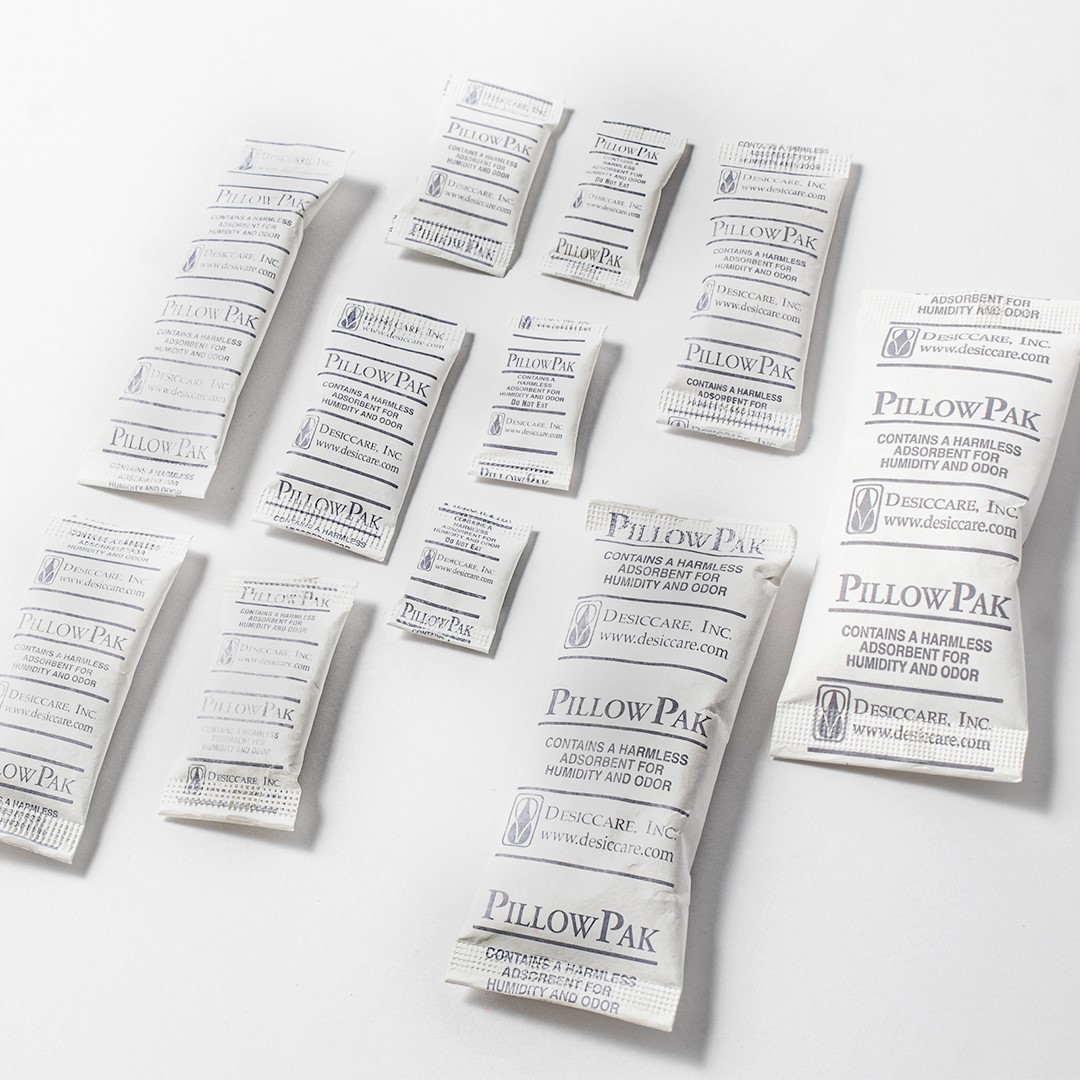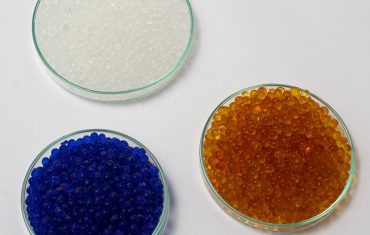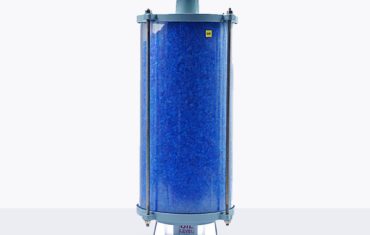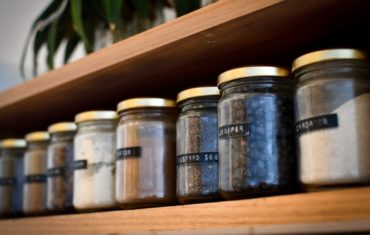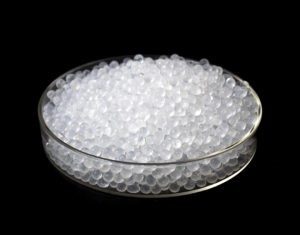The Dos and Don’ts of Using Desiccant
Moisture can affect the functionality of electronics, medicines, food items, cosmetics, etc. When exposed to water molecules, these products may lose their efficacy and should be kept in a dry environment.
Desiccants help create and maintain a dry environment that is ideal for the storage of such products. They effectively absorb water molecules from the surroundings and ensure that stored products remain dry.
What Really Are Desiccants?
It’s a hygroscopic substance that uses multi-layer absorption through its surface. Capillary condensation may also happen alongside absorption, allowing the pores in the desiccant to absorb water in the surroundings.
Common desiccants include:
- Silica gel
- Montmorillonite Clay
- Calcium chloride
- Molecular sieve
- Activated alumina
- Activated charcoal
What to Do
Desiccants are incredibly potent and must be used with care. You can use them to avoid rusting caused by water, sogginess, water damage and retaining the efficacy of pharmaceutical products. Here is a list of what to do when using desiccants to attract water molecules:
- You should place it with products that lose efficacy when exposed to moisture. These products include diagnostic kits, food items like grains, clothing, military ammunition, antique items, etc.
- It should be covered in safe food/pharma grade packaging to avoid interaction with the product.
- The packaging of the desiccant should be porous enough to allow the desiccant to absorb water molecules.
- Desiccants should be clearly labeled with a disclaimer stating it’s unsafe for ingestion.
- Moisture often enters storage containers when products are transported over long distances and at varying temperatures. Desiccants are especially helpful when used to transport products over a long distance while keeping them dry.
What Not to Do
Desiccants help keep your product safe from water damage. However, you must beware of misusing them. Here’s how:
- Some products rapidly lose moisture when exposed to a desiccant. Don’t put desiccants near products that are prone to dehydration and consequently losing efficacy.
- Don’t place desiccants with items that children directly consume.
- Don’t use a desiccant that’s packed in an easily punctured or brittle material.
NOTE: You can reuse the desiccant after subjecting it to high temperatures. The high temperature allows its effective recycling as the water molecules exit the desiccator. You may safely dispose of the desiccant while it’s inside its packets.
Where Can You Get Desiccant?
When ordering desiccants, make sure that it fits your specific requirements perfectly. If you’re a food company or a pharmaceutical, use desiccants that are safe and FDA-approved. You may also use desiccants to store your belongings in a safe and dry environment. You can also gauge moisture levels using detected using humidity indicating cards.
At Sorbead India, we offer moisture-free packaging solutions that fit all your needs. We provide simple container desiccants which can be placed inside cargo to control moisture effectively. It can protect all types of commodities like leather, food, pharmaceuticals, glass, metal, and automobiles.
We also offer pharma-grade, FDA-approved desiccants. They come in various forms, such as desiccant canisters, desiccant tablets, silica gel packets, molecular sieves, etc. Order the desiccant after assessing your needs and requirements. To place your order, drop a quick inquiry or call at 1800-233-2677.

